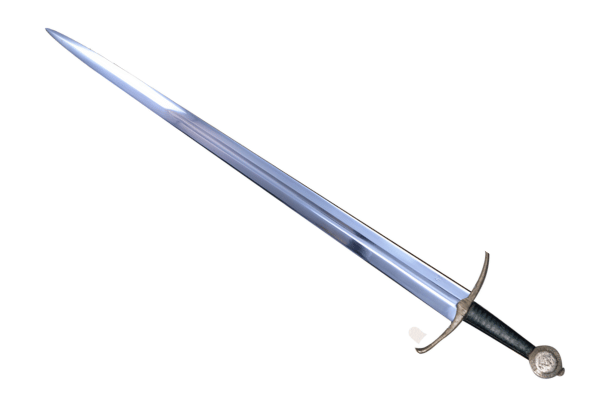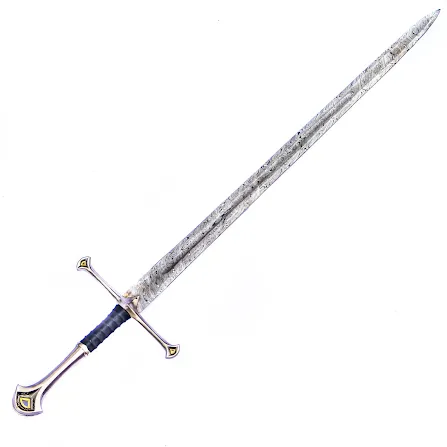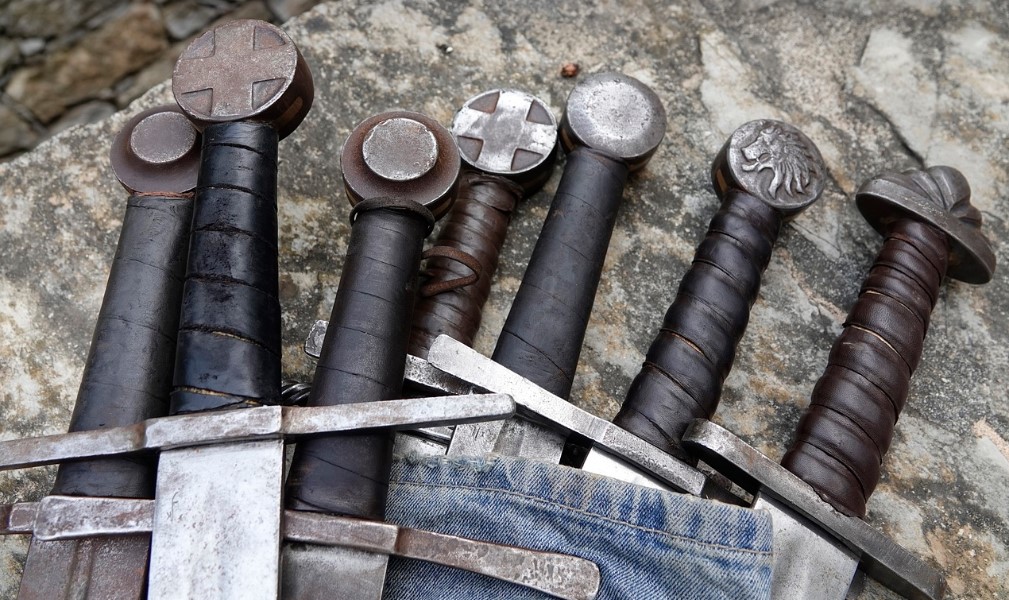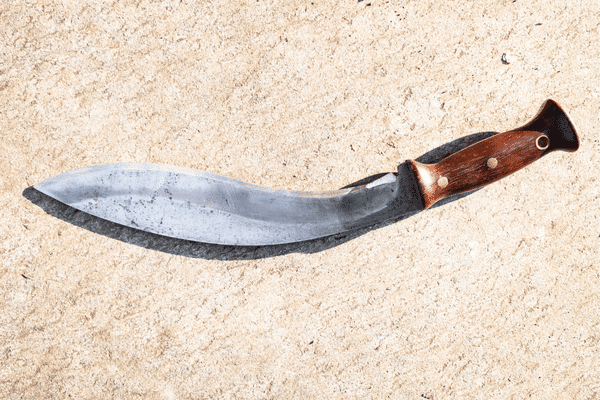Comparing Longswords and Greatswords: Which Weapon Reigns Supreme?
Introduction
When it comes to the world of historical weaponry, few categories stir the imagination quite like swords. Two of the most iconic choices are the longswords and the greatsword. These formidable weapons have been the subject of debate among enthusiasts, historians, and fantasy fans alike. In this post, we'll look at the distinctions between longswords and greatswords, taking into account a variety of aspects to help you decide which weapon is best for particular situations.
Longsword: The Swift and Versatile Blade
Characteristics of the Longsword
The longsword, a one-handed sword with a double-edged blade, is known for its versatility and agility. Here are some key characteristics that make the longsword a formidable choice:
Weight and Length: Longswords typically range from 35 to 45 inches in length and weigh around 2 to 3.5 pounds. This balance of length and weight allows for swift movements and precise strikes.
One-Handed Versatility: Longswords can be used with one or both hands, offering flexibility in combat. A one-handed grip allows for quick parries and strikes, while a two-handed grip provides more power and reach.
Thrust and Cut: Longswords are well-suited for both thrusting and cutting motions, making them effective against armored and unarmored opponents alike.
Historical Significance: Longswords were prominent in Europe during the late Middle Ages and the Renaissance, and they played a significant role in the development of martial arts such as the German School of Swordsmanship.
Greatsword: The Mighty and Crushing Blade
Characteristics of the Greatsword
The greatsword, on the other hand, is a two-handed weapon that excels in raw power and impact. Here's what sets the greatsword apart:
Size and Weight: Greatswords are typically larger and heavier, with blade lengths ranging from 48 to 72 inches and weights varying from 5 to 8 pounds. This size provides immense reach and striking power.
Two-Handed Dominance: Greatswords are designed exclusively for two-handed use. This means that the wielder can focus their full strength on every swing, delivering devastating blows.
Crushing Force: The sheer weight and momentum generated by a greatsword can crush through armor and opponents' defenses, making it a formidable weapon on the battlefield.
Historical Context: Greatswords were prevalent during the late medieval period and were often used by knights and other armored combatants. Their historical significance lies in their effectiveness against heavily armored adversaries.
Comparing the Two
Factors for Comparison
Now that we've looked at the individual characteristics of longswords and greatswords, let's compare them in various aspects to determine which weapon might be better suited for different scenarios:
- Maneuverability
Longsword: The longsword's lighter weight and versatility make it more maneuverable in confined spaces and during one-on-one combat. It allows for quick defensive actions and precise strikes.
Greatsword: Greatswords, due to their size and weight, are less maneuverable. They require more space to wield effectively and are better suited for open battlefields.
- Reach
Longsword: Longswords provide a decent reach, allowing you to engage opponents at a moderate distance. Their thrusting capability is an advantage when dealing with enemies at a distance.
Greatsword: Greatswords have a significant reach advantage, making them effective in keeping adversaries at bay and engaging multiple foes simultaneously.
- Versatility
Longsword: The longsword's ability to switch between one-handed and two-handed grips makes it adaptable for various combat scenarios. It can be effective both in duels and in group combat.
Greatsword: Greatswords are less versatile in terms of grip options. They are primarily designed for powerful two-handed strikes, limiting their adaptability in close combat situations.
- Armor Penetration
Longsword: Longswords are versatile in their attack style, making them capable of both cutting through lighter armor and delivering precise thrusts to target weak points in an opponent's armor.
Greatsword: Greatswords excel at armor penetration due to their sheer force, making them ideal for defeating heavily armored opponents. They can break through defenses with ease.
- Historical Context
Longsword: Longswords have a rich historical tradition in Europe and played a pivotal role in the development of martial arts. They were favored by knights and swordsmen for their balanced approach to combat.
Greatsword: Greatswords also have a strong historical background, primarily associated with the knightly elite and their battlefield prowess. They were instrumental in medieval warfare.
Also, read Longsword vs. Katana
Conclusion
The debate over whether the longsword or greatsword is superior largely depends on personal preferences and the specific context. Both weapons have their strengths and weaknesses, making the choice a matter of considering your combat style and the situation.
If agility, versatility, and adaptability are your priorities, the longsword may be the way to go. However, if you seek raw power, extended reach, and the ability to conquer heavily armored opponents, the greatsword is an excellent choice.
Whether you're a history buff, a martial artist, or a fantasy enthusiast, both longswords and greatswords have their unique appeal and historical significance. You can find a wide selection of swords for sale on our website, Battling Blades, to meet your needs.





Comments
Post a Comment